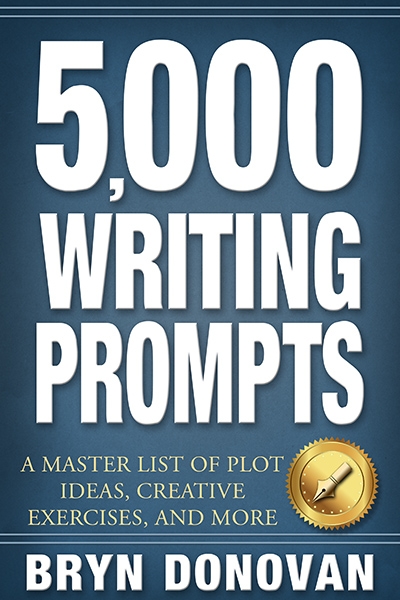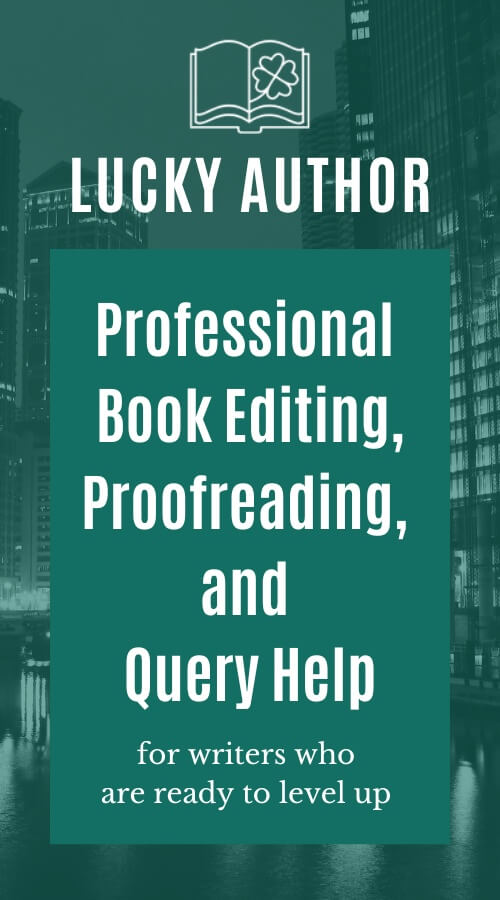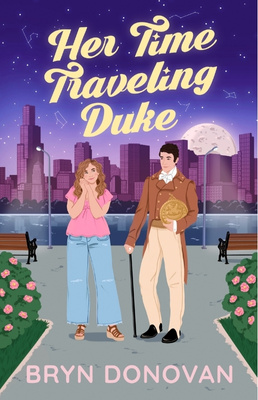Hi, everyone! This is the last in a 7-part series about how to rewrite, revise, and edit a novel. I love editing a book, but many people find it overwhelming. However you approach it, the key is to break it down step by step. We’ve talked about clarifying your character arcs, fixing your pacing, increasing your story’s impact, fine-tuning speech and
Author: Bryn Donovan
Hi, everyone, and welcome back to another WIP Wednesday! On the first Wednesday of every month, I share a segment of something I’m working on, and invite you to do the same. This is one of my favorite things, and I always look forward to it. I love seeing what people are writing! Like every month, let me stress that
“He was sent to kill her… Now, he’s desperate to protect her.” My newsletter subscribers already know this, but I’m so excited that the ebook version of The Phoenix Codex is up for pre-order! This is the first in a new paranormal romance/urban fantasy series about a centuries-old secret society that battles supernatural evil. You can order it
Hey there! So far, this series has focused on shaping up your story and then getting it into the hands of beta readers. Once you’ve read over your beta reader feedback, and you’ve made any other changes to your book that you think will improve the story, it’s time to focus on your prose style. A “dialogue tag” is any
Welcome back to my 7-part series on how to rewrite, revise, and edit a novel! So far, we’ve been talking about ways to fix up the story, and the 2 segments after this will be more about polishing up your writing style. But before you get into sentence structure and word choice and so on, you need some feedback.
So far in my series about how to revise and edit your book, we’ve covered character arcs, pacing, and amplifying the strengths of your story. All three of these things can sometimes lead to big rewrites, though they don’t always. Now, we’re starting to get down to a more detailed level. This editing pass is all about making sure your
Hey, welcome back to my 7-part series on rewriting and editing your book! Every writer and every story is different, so this isn’t a comprehensive checklist. Hopefully, though, my way of breaking the revision process down will give you some inspiration. Today I’m going to talk about my favorite editing pass, and I hope you like it, too! Like the






